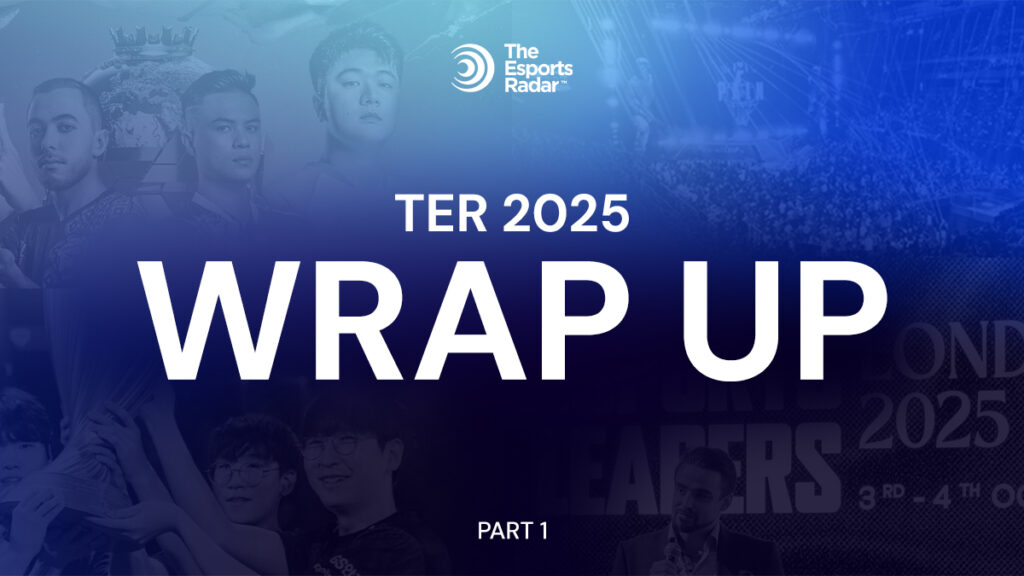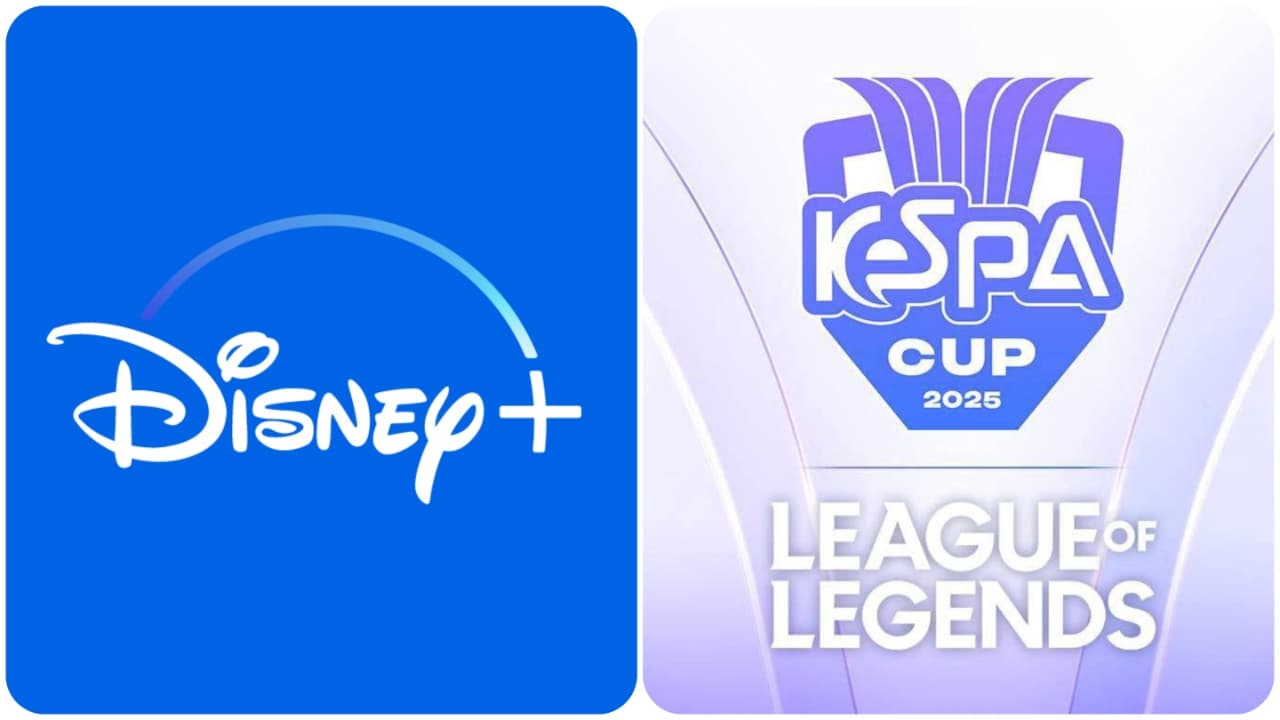In an exclusive interview with The Esports Radar, David Xu, Executive Producer for Wild Rift, detailed the strategic rationale behind the game’s deepest integration yet with the League of Legends World Championship, while outlining a fundamental shift in its approach to competitive play.
The activation, which includes in-game modes like AAAARAM tied to Worlds, esports-themed enhancements, and viewership drops, marks a significant step in bridging the mobile title with the premier PC esports event. According to Xu, the core vision is rooted in treating the entire League of Legends community as “one big family.”
Xu identified three key attributes of the Wild Rift player base that justify the synergy: existing awareness of the League of Legends universe, a competitive spirit, and a gaming lifestyle centred on the accessibility of mobile devices.

“The vision here is we are one family and there [are] just more stories we can tell across this portfolio of products and across different platforms,” Xu stated.
From a business perspective, he highlighted the unique value Wild Rift brings to the partnership, specifically its ability to leverage mobile-first platforms. “We were able to work with our first-party partners being Apple and Google and get exposure… on these platforms that if Wild Rift didn’t participate we wouldn’t have gotten that type of exposure,” Xu explained, characterising it as a “key contributing factor” to the Worlds 2025 campaign.
When asked about integrating World Championship sponsors like Mercedes or Red Bull into the Wild Rift activations, Xu was clear: “This could be more relevant for us at some time in the future. But at least for this Worlds, this isn’t something that is relevant for us right now.”
Also read: Riot Games unveils full roster of Worlds 2025 partners
Re-evaluating the Pro Circuit: From “Icons” to “Wild Rounds”
The conversation took a notable turn when addressing the future of Wild Rift’s own esports scene. Xu openly discussed the lessons learned from the game’s first global pro circuit, which culminated in the Icons Global Championship tournament in Singapore in 2022.
“What we found is that we were mispositioned and miscast,” Xu admitted. “We [thought] we are going to come with a great product and players will just come to us… without first validating there is a demand for a mobile… League of Legends based mobile esports viewing experience.”
The internal conclusion was that the demand for a separate, top-tier professional circuit outside of China did not currently exist, in part because Wild Rift players who want a premium esports experience can readily watch PC League of Legends. “Our players, if they wanted to watch pro esports, they’ll just watch League of Legends, right?” Xu noted.

This realisation has prompted a strategic pivot towards a community and creator-focused model, epitomised by the upcoming Wild Rounds: SMASH event in Vietnam.
“So now… we’re coming back to why this year after Worlds we’re executing what we call our Wild Rounds: SMASH event,” said Xu. He described it as a “mobile party” centred on high-level community gameplay and creators, rather than a traditional professional league.
Using a sports analogy, he framed the new direction: “If League esports is already the NBA… we should be, for example, like the NCAA. A dramatically different context, different experience, different tournament structure.”
Measuring Success: Engagement Over Eyeballs
For this inaugural Worlds integration, Xu revealed that success will not be measured by traditional viewership KPIs or user acquisition targets. Instead, the team is focused on qualitative engagement metrics for existing players who are also League esports fans.
“The metrics that we would really care about is deepening their engagement,” he said, highlighting player “pride” and the enrichment of the viewing experience as key indicators. He acknowledged that as a first-time experiment, establishing a baseline is more critical than hitting specific numerical targets.
“This is our validation of demand here,” Xu stated, indicating that the future of the synergy depends on these results. “If some of those qualitative metrics does pan out, then absolutely this will be an endeavour that we want to further extend.”
He concluded by emphasising a new phase of risk-taking and community interaction for Wild Rift’s fifth year, signalling that the team will not be content to simply repeat past formulas.
















